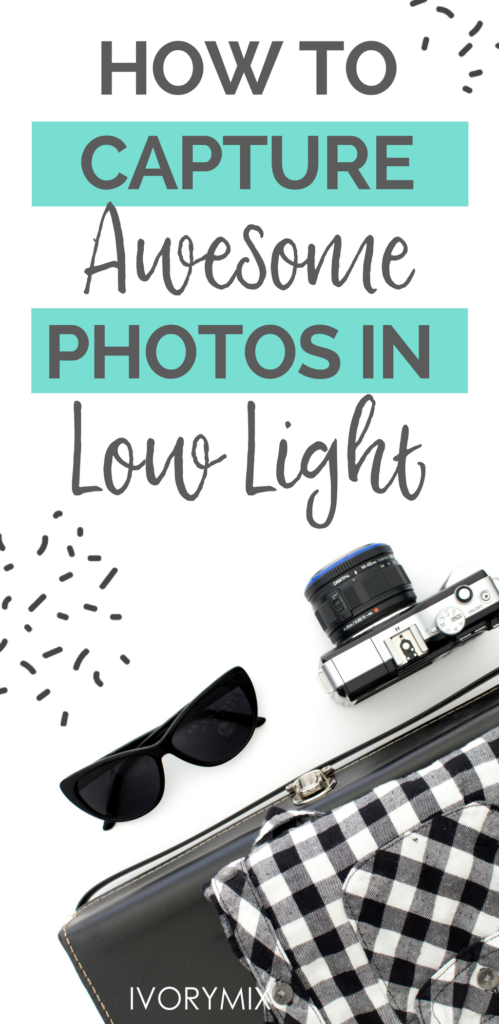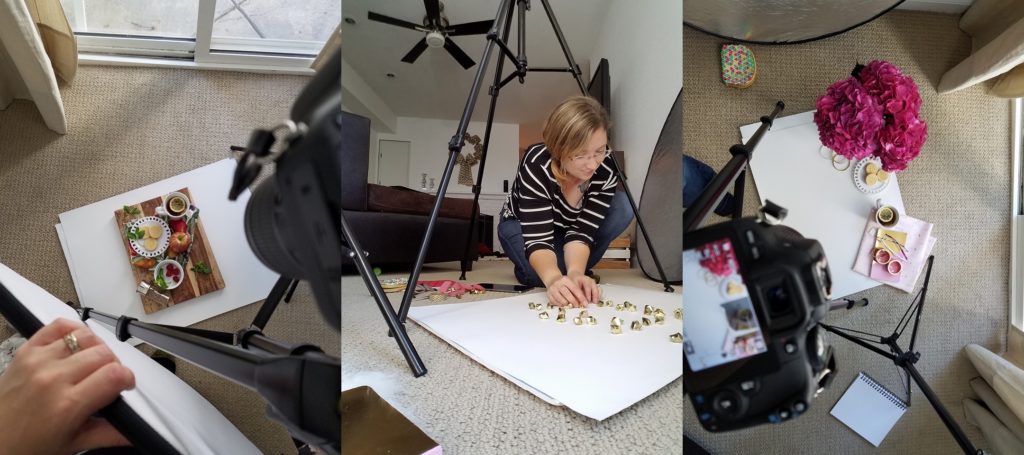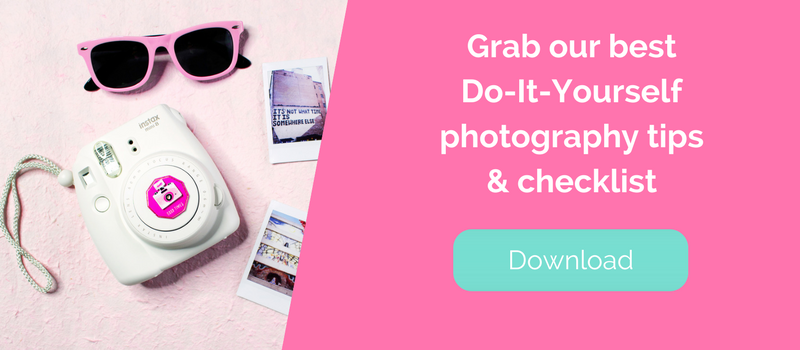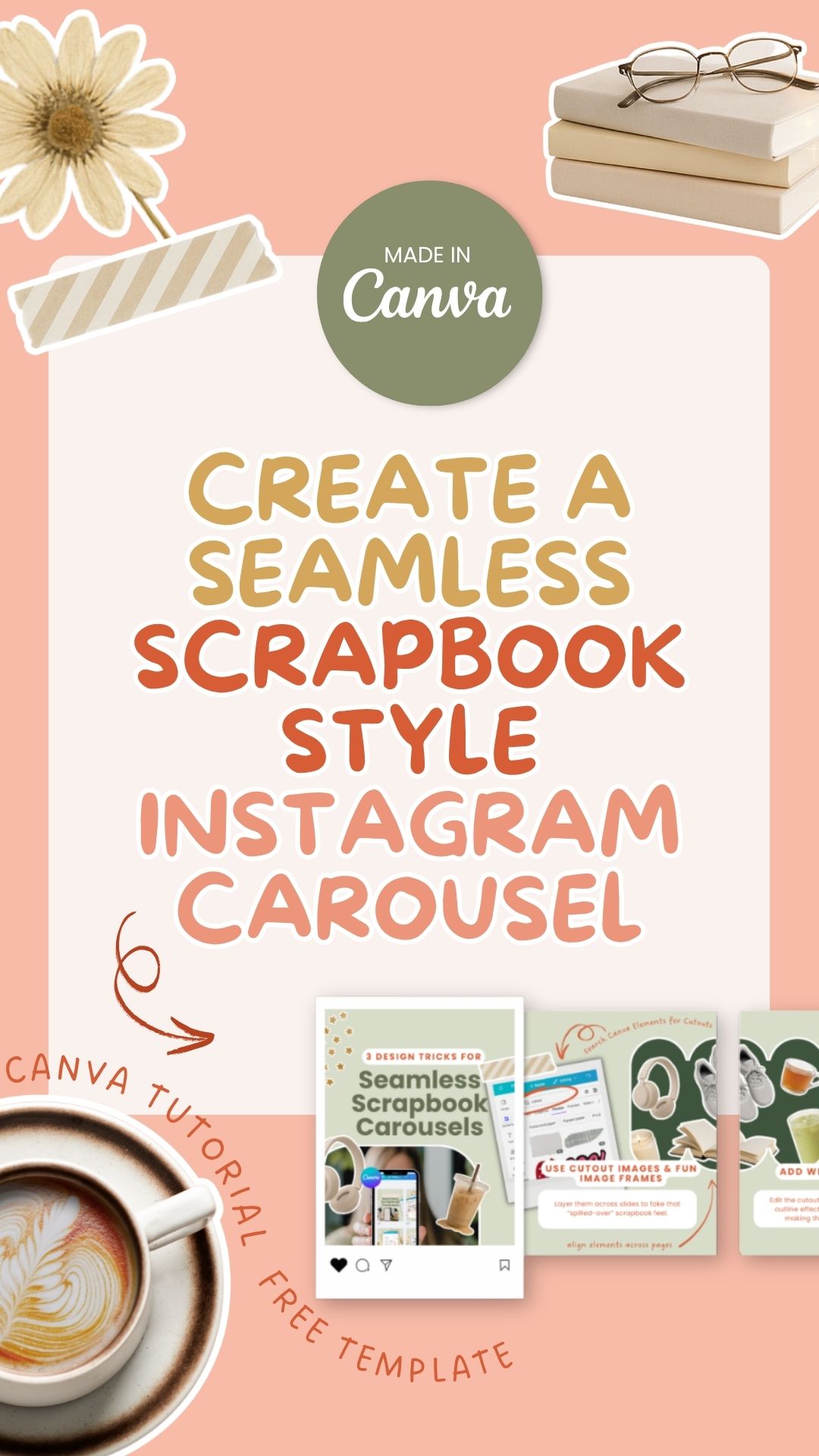get 500+ free images, templates & marketing strategies! You're one click away, Don't Miss It.
6 Steps to Capturing Awesome Photos in Low Light Conditions
This post may contain affiliate links. Please read the disclaimer

Digital photography is a hobby practiced by millions of people. It is a great way of expressing your inner artist. In essence, it all comes down to playing with light. Many amateurs stay in automatic mode for a very short period, because learning about the manual enables the photographer to take control of many things, allowing him to set up a great photo.
However, sooner or later, a truly challenging experience occurs. For example, shooting photos in different weather requires knowledge and experience. But the most challenging conditions are low light conditions, which is why I have provided this short list of essential tips for photographers shooting in places where there isn’t much natural light.
Understand ISO
Different sensors react differently to light. This is what the ISO number serves to control. The higher the value on your camera is, the higher sensor’s sensitivity to light is. This allows taking brighter photos in low light conditions. However, it all comes with a sacrifice; your photo is going to have more noise.
Therefore, it is very important to walk that thin line of ISO value that will let your photo be well lit, without causing a lot of noise. It all depends on the type of sensor, but generally going over ISO800 is going to bring in a lot of noise in your photo.
Some of it can be managed in the post processing process, but keeping the noise away from your photo should be one of your primary goals.
Related Post: How to get better blog photography and take your own
Slow down the shutter speed
Shutter speed directly affects the amount of light that is going to reach the sensor. The shutter is located right next to the sensor, and it lets the sensor capture an image incredibly fast; from 1/4000th of a second up to minutes of exposure in some professional cameras.
The slower your shutter speed is, the higher the amount of light that is going to reach your sensor. This is particularly important in low light surroundings, as the sensor can pick up a lot of light in a given time frame.
Pick a wide aperture
The third element which also affects the amount of light coming into the sensor is aperture. The aperture is located in the lens and is used for achieving different effects. A completely open aperture creates that lovely bokeh everyone loves, that is, shallow depth of field. On the other hand, if you want to keep more people in focus, or you are into landscape photography, the closing aperture is going to sharpen the image and put more things in focus.
But on the lighting side, open aperture also means more light, whereas narrow aperture means less light is coming to the sensor. That is why many people opt for prime “fast” lenses which can close up to f/22 and open up to f/1.4, or even wider. The lower the number, the higher the amount of light that is going to reach your sensor is.
In low light conditions, always keep your aperture as open as possible, it will let in much more light to your camera’s sensor.

Related Post: How to Style Flatlays for Marketing Your Blog on Instagram
A tripod is necessary
In low light conditions, to get the shots sharp, it is important to stabilize both your camera and your subject. The problem lies behind the extremely slow shutter speed, in which more light is coming to the sensor. Without stabilization, the images you take will be blurred, making them unusable.
To prevent this from happening, you need to let your subject know that he or she should be still, as their movement is also going to cause blur in the photo. On the other hand, you can create some incredible photos by opening the shutter for a couple of seconds. Test it out; you will love the results.

Using flash
If you want to light up your image appropriately, you can use flash. It is important, however, never to use your camera’s body flash. It will light up the image too much and cause reflection. Purchase an attachable flash and point it in another direction, or use a remote flash that will let you take more control when taking a photo. This is a great way to provide enough exposure for your night-time photos.
Related Post: 6 steps to make your own stock photos that sell.
Invest in lighting equipment
There are plenty other of pieces of equipment you could use for low light photography. With the invention of LED lights, a lot of equipment has become much more mobile, making it perfect for low light photography.
However, many photographers make the mistake of purchasing incredibly expensive lenses with wide apertures. Even though this will bring some results, it is much better to invest in lighting equipment, as it is going to bring much better results with low light photography surroundings.
These are some of the best tips for capturing awesome photos in low light conditions. The most important thing is to get out and shoot as much as possible, as it is going to make your low-light shooting skills better.

Included Free:
550+ Templates, Photos, & Strategies
Get New Free Downloads Monthly
Unlimited Downloads
Special offers & Trends Newsletter
Save and sort your favorites
Access 500+ Free Templates, Photos, & Strategies With A Free Account
Free User Creation for Popup
By creating an account, I agree to Ivory Mix's Website terms, Privacy Policy and Licensing Terms
Already have an account? Log in









